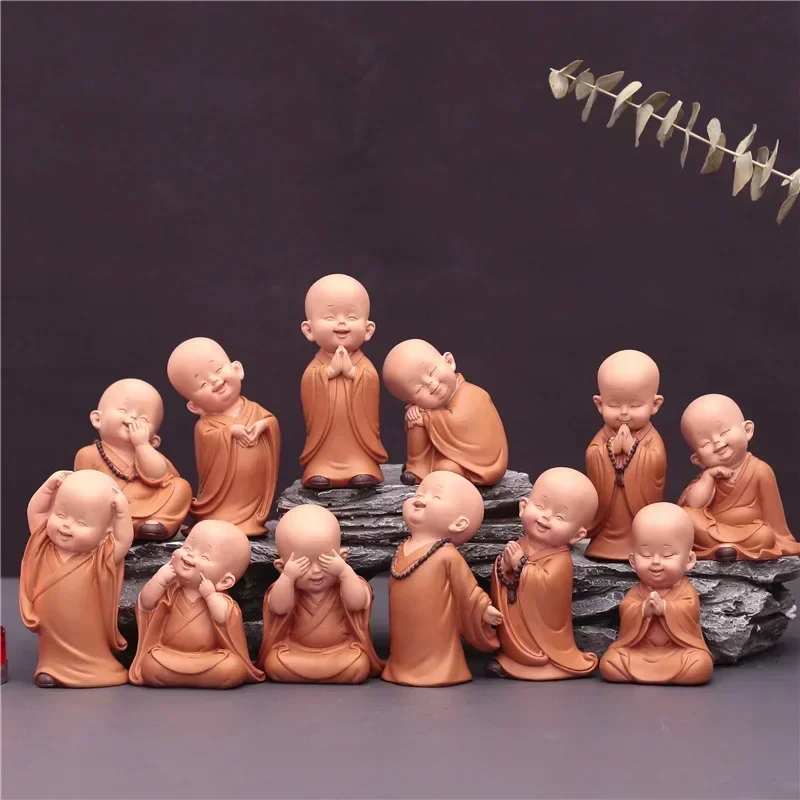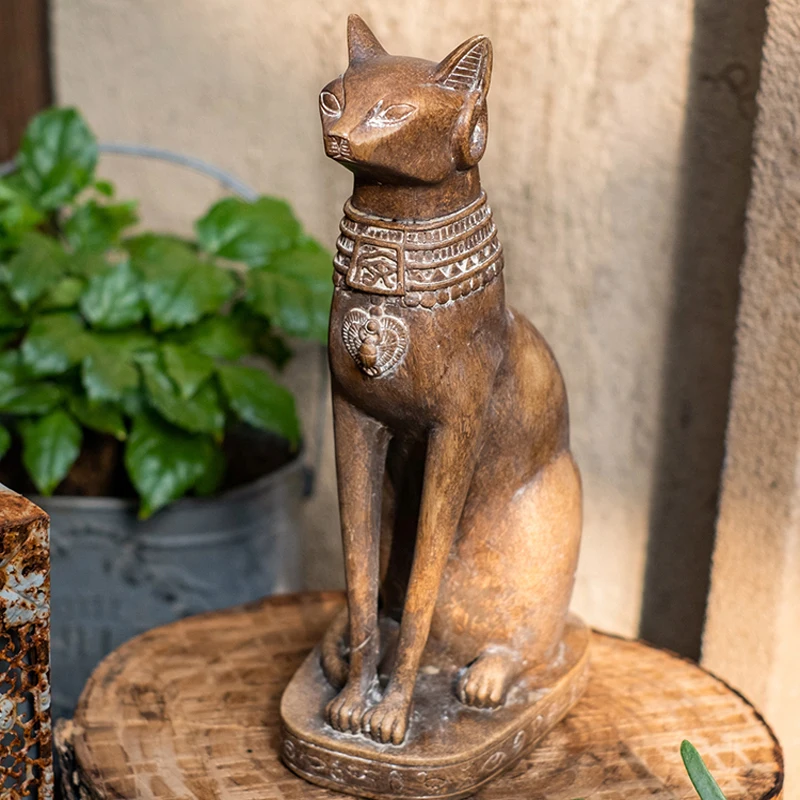Yin Yoga Yin Yoga has gained popularity in recent years as a gentle and meditative practice that focuses on deep stretching and relaxation. Unlike its more dynamic counterpart, Yang Yoga, Yin Yoga involves holding poses for an extended period of time, typically ranging from three to five minutes. This extended duration allows for a deep release of tension in the muscles and connective tissues, promoting flexibility and overall well-being.
Contents
- 1 What is Yin Yoga and How Does it Work?
- 2 The Benefits of Deep Stretching with Yin Yoga
- 3 Yin Yoga Near Me
- 4 How to Prepare for a Yin Yoga Practice
- 5 The Importance of Breath in Yin Yoga
- 6 Yin Yoga Poses for Deep Stretching and Relaxation
- 7 The Role of Props in Yin Yoga
- 8 How Long Should You Hold Yin Yoga Poses?
- 9 Yin Yoga Near Me
- 10 FAQs
Key Takeaways
- Yin Yoga is a slow-paced style of yoga that involves holding poses for longer periods of time.
- Deep stretching with Yin Yoga can help improve flexibility, increase circulation, and reduce stress and anxiety.
- To prepare for a Yin Yoga practice, it’s important to dress comfortably, bring props, and focus on your breath.
- Yin Yoga poses can be held for anywhere from 1-10 minutes, depending on your level of comfort and experience.
- If you’re interested in trying Yin Yoga, search for classes or studios near you that offer this style of yoga.
What is Yin Yoga and How Does it Work?
Yin Yoga is a slow-paced style of yoga that targets the deep connective tissues of the body, such as the ligaments, tendons, and fascia. It was developed in the late 1970s by Paulie Zink and later popularized by Paul Grilley and Sarah Powers. Unlike Yang Yoga, which focuses on building strength and heat through dynamic movements, Yin Yoga emphasizes stillness and surrender.
The main difference between Yin and Yang Yoga lies in their approach to the body. Yang Yoga primarily targets the muscles, while Yin Yoga targets the deeper layers of the body. In Yin Yoga, poses are held for an extended period of time to allow for a passive stretch that gently stimulates these deeper tissues. This prolonged stretching helps to increase flexibility, improve joint mobility, and release energetic blockages.
The Benefits of Deep Stretching with Yin Yoga
- Improved flexibility and range of motion: The long holds in Yin Yoga allow for a deep stretch that can gradually increase flexibility over time. By targeting the connective tissues, Yin Yoga helps to lengthen and strengthen them, leading to improved range of motion in joints and muscles.2. Reduced stress and anxiety: Yin Yoga promotes relaxation by activating the parasympathetic nervous system, which is responsible for rest and digest functions. The slow pace and deep breathing in Yin Yoga help to calm the mind, reduce stress levels, and alleviate anxiety.
3. Increased circulation and joint health: The gentle pressure applied to the connective tissues in Yin Yoga stimulates blood flow and lymphatic circulation. This increased circulation helps to nourish the joints, improve their mobility, and promote overall joint health.
4. Enhanced mindfulness and relaxation: Yin Yoga encourages a meditative state of mind by focusing on the present moment and cultivating awareness of bodily sensations. The long holds in each pose provide an opportunity to observe thoughts and emotions without judgment, leading to a deeper sense of relaxation and mindfulness.
Yin Yoga Near Me
| Yin Yoga Near Me | Location | Price Range | Class Schedule | Reviews |
| Yin Yoga Studio | Downtown | 15-20 per class | Monday-Friday: 6am-8pm
Saturday-Sunday: 8am-12pm |
4.5 stars (25 reviews) |
| Yin Yoga Sanctuary | Midtown | 20-25 per class | Monday-Wednesday: 7am-9pm
Thursday-Friday: 7am-7pm Saturday: 9am-5pm Sunday: 10am-4pm |
4.8 stars (40 reviews) |
| Yin Yoga Center | Uptown | 18-22 per class | Monday-Friday: 7am-9pm
Saturday-Sunday: 9am-3pm |
4.3 stars (30 reviews) |
If you’re interested in trying Yin Yoga, there are several ways to find a class or teacher in your area. One option is to search online for local yoga studios that offer Yin Yoga classes. Many studios have websites or social media pages where they list their class schedules and instructors. You can also ask friends or fellow yogis for recommendations.
Another option is to use online resources to practice Yin Yoga at home. There are numerous websites and apps that offer guided Yin Yoga classes, ranging from beginner to advanced levels. These resources often provide detailed instructions and modifications for each pose, making it accessible for practitioners of all levels.

How to Prepare for a Yin Yoga Practice
Before starting a Yin Yoga practice, it’s important to consider a few factors to ensure a safe and comfortable experience.
1. Pre-practice considerations: Hydration is key before any physical activity, so make sure to drink enough water before your practice. Additionally, wearing comfortable clothing that allows for ease of movement is essential. Avoid tight or restrictive clothing that may hinder your ability to fully relax into the poses.
2. Setting up your space: Create a calm and inviting space for your practice. Find a quiet area where you won’t be disturbed and gather any props you may need, such as blankets, bolsters, or blocks. These props can help support your body in the poses and allow for a deeper stretch.
3. Mental preparation: Yin Yoga is a meditative practice, so it’s important to mentally prepare yourself for stillness and introspection. Set an intention for your practice, whether it’s to cultivate relaxation, release tension, or simply be present in the moment. Take a few moments to center yourself before beginning your practice.
The Importance of Breath in Yin Yoga
Breathwork plays a crucial role in enhancing the benefits of Yin Yoga. Deep, slow breathing helps to activate the parasympathetic nervous system, promoting relaxation and reducing stress levels. It also helps to calm the mind and bring focus to the present moment.
During a Yin Yoga practice, focus on taking long, deep breaths in and out through the nose. This type of breathing activates the diaphragm and helps to expand the lungs fully. As you hold each pose, allow your breath to flow naturally and deeply, using it as a tool to deepen your stretch and release tension.
There are various techniques you can incorporate into your Yin Yoga practice to deepen your breath. One technique is called “square breathing,” where you inhale for a count of four, hold the breath for a count of four, exhale for a count of four, and hold the breath out for a count of four. This rhythmic breathing pattern can help to calm the mind and create a sense of balance and stability.
Yin Yoga Poses for Deep Stretching and Relaxation
Yin Yoga consists of a variety of poses that target different areas of the body. Here are some common Yin Yoga poses and their benefits:
1. Butterfly Pose (Baddha Konasana): This pose stretches the inner thighs, groin, and hips, promoting flexibility in these areas. It also stimulates the abdominal organs and helps to improve digestion.
2. Dragon Pose (Anjaneyasana): Dragon Pose stretches the hip flexors, quadriceps, and groin. It also opens the chest and shoulders, promoting better posture and relieving tension in these areas.
3. Sphinx Pose (Salamba Bhujangasana): Sphinx Pose gently stretches the spine, chest, and shoulders. It helps to improve posture, relieve lower back pain, and open the heart center.
4. Supported Fish Pose (Matsyasana): This pose opens the chest and throat, relieving tension in these areas. It also stretches the hip flexors and stimulates the abdominal organs.
Modifications and variations can be made to these poses to accommodate different levels of flexibility. Props such as blocks, bolsters, or blankets can be used to support the body and deepen the stretch.
The Role of Props in Yin Yoga
Props play a significant role in Yin Yoga by providing support and allowing for a deeper release in the poses. Some commonly used props in Yin Yoga include blocks, bolsters, blankets, and straps.
Blocks can be used to bring the ground closer to you, providing support and stability in poses where flexibility is limited. Bolsters are excellent for creating a comfortable surface to rest on during longer holds. They can be placed under the knees, hips, or back to support the body and deepen the stretch. Blankets can be folded and used as padding under sensitive areas such as knees or elbows. Straps can assist in reaching deeper into poses by providing leverage and support.
Using props in Yin Yoga allows practitioners to find their edge without pushing beyond their limits. They provide a sense of safety and comfort, allowing for a more relaxed and enjoyable practice.
How Long Should You Hold Yin Yoga Poses?
The duration of holding Yin Yoga poses varies depending on your experience level and comfort level in each pose. As a general guideline, beginners may start with holding poses for one to three minutes, gradually increasing the duration as they become more comfortable.
Intermediate practitioners can aim for three to five minutes in each pose, while advanced practitioners may hold poses for five minutes or longer. It’s important to listen to your body and adjust the duration of each pose accordingly. If you experience any pain or discomfort, it’s recommended to come out of the pose and modify as needed.
Yin Yoga Near Me
If you’re looking for Yin Yoga classes or teachers in your area, there are additional resources available to help you find the right fit for your practice. Online directories and platforms dedicated to yoga can provide a comprehensive list of studios and teachers offering Yin Yoga classes.
Regular practice of Yin Yoga can bring about numerous benefits, both physically and mentally. By incorporating Yin Yoga into your routine, you can experience increased flexibility, reduced stress levels, improved joint health, and enhanced mindfulness.
In conclusion, Yin Yoga is a powerful practice that offers deep stretching, relaxation, and mindfulness. By targeting the connective tissues and promoting stillness, Yin Yoga provides a unique opportunity to release tension, increase flexibility, and cultivate a sense of inner peace.
Whether you choose to attend a Yin Yoga class or practice at home using online resources, the benefits of this practice are accessible to all. By preparing your body and mind, focusing on breathwork, exploring various poses with the support of props, and listening to your body’s needs, you can unlock the potential of Yin Yoga and experience its transformative effects. So why not give it a try and embark on a journey of self-discovery through the practice of Yin Yoga? Your body and mind will thank you.

FAQs
What is Yin Yoga?
Yin Yoga is a slow-paced style of yoga that involves holding poses for longer periods of time, typically 3-5 minutes or more. It targets the connective tissues, such as ligaments, tendons, and fascia, rather than the muscles.
What are the benefits of Yin Yoga?
Yin Yoga can help improve flexibility, increase circulation, reduce stress and anxiety, and promote relaxation. It can also help with joint mobility and range of motion, as well as improve overall physical and mental well-being.
Who can practice Yin Yoga?
Yin Yoga is suitable for all levels of practitioners, including beginners. It can be especially beneficial for those who sit for long periods of time or have tight muscles and joints. However, it is important to consult with a healthcare professional before starting any new exercise program.
What should I wear to a Yin Yoga class?
Comfortable, loose-fitting clothing is recommended for Yin Yoga. It is also important to wear layers, as the body temperature may fluctuate during the practice.
What props are used in Yin Yoga?
Props such as blankets, blocks, and bolsters may be used in Yin Yoga to support the body in certain poses and help deepen the stretch. However, props are not always necessary and can vary depending on the individual’s needs and abilities.
How often should I practice Yin Yoga?
The frequency of Yin Yoga practice can vary depending on the individual’s goals and schedule. However, practicing 1-3 times per week can be beneficial for maintaining flexibility and reducing stress. It is important to listen to your body and not overdo it, as Yin Yoga is a gentle practice.
To Read About Yin Yoga
To Read More God Like










